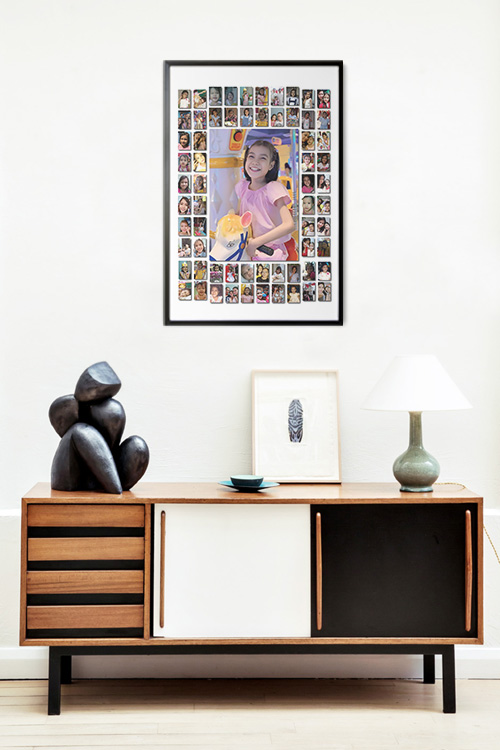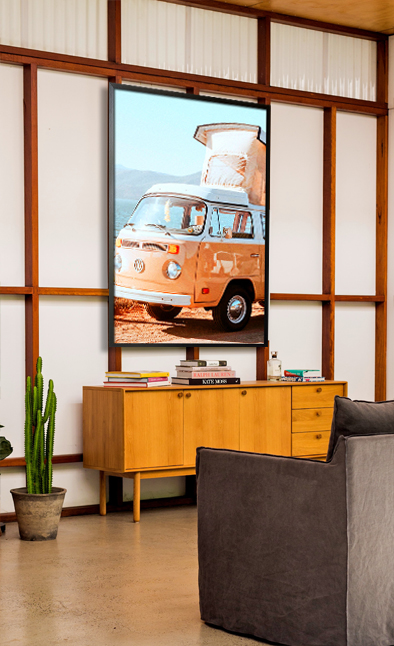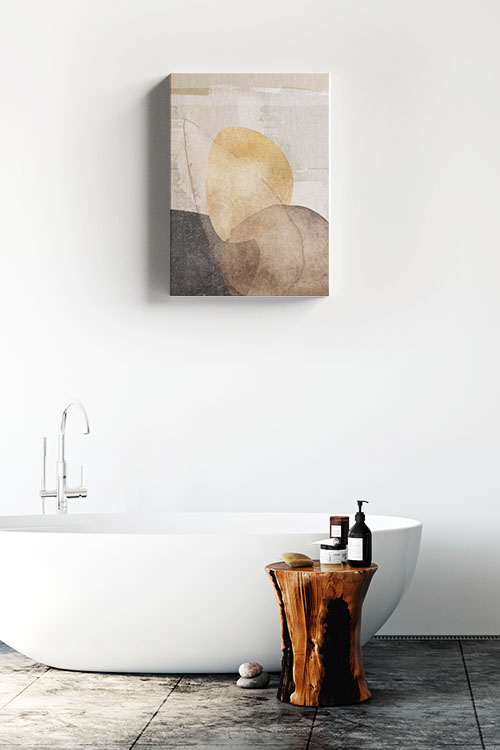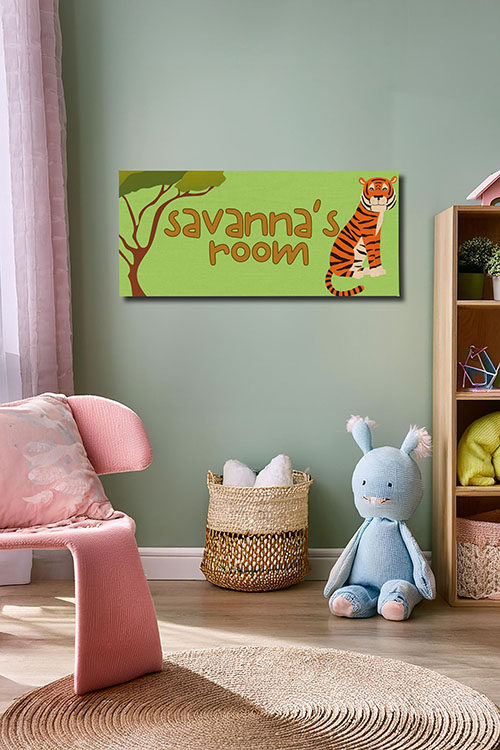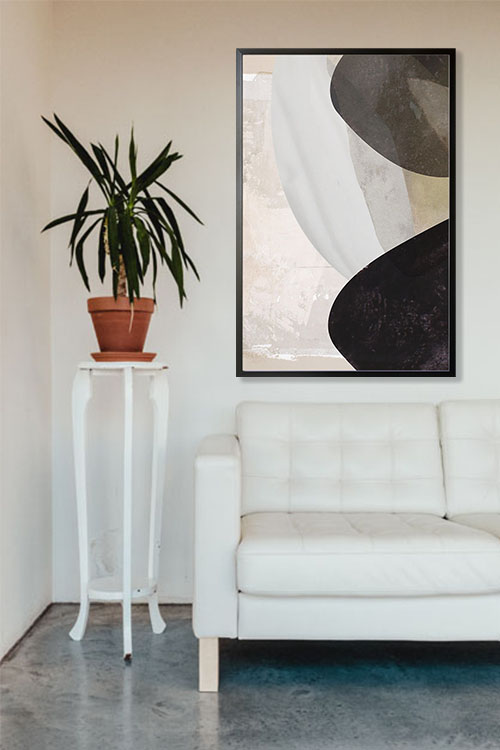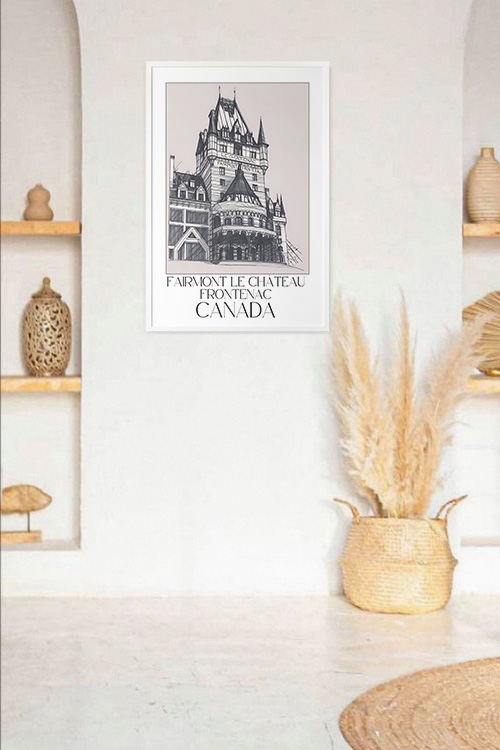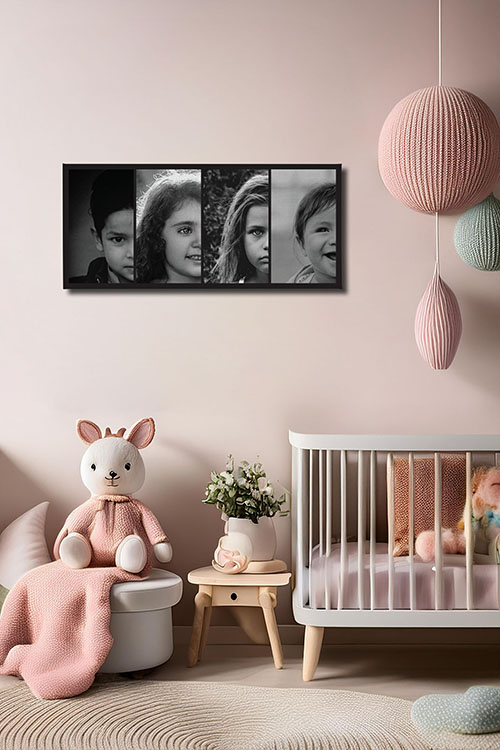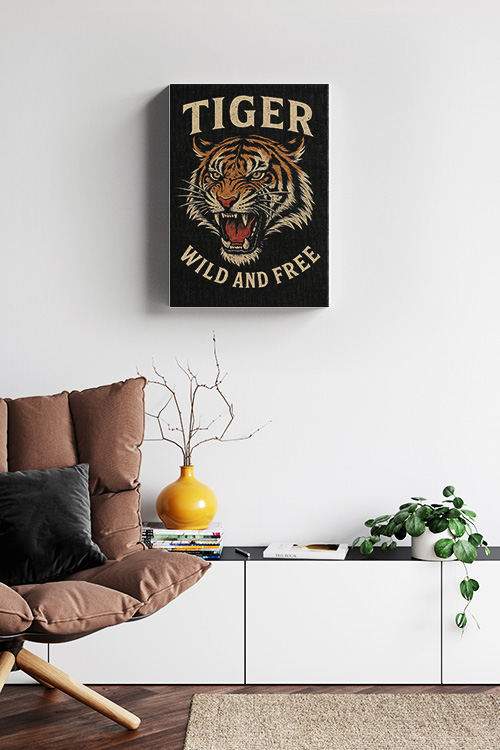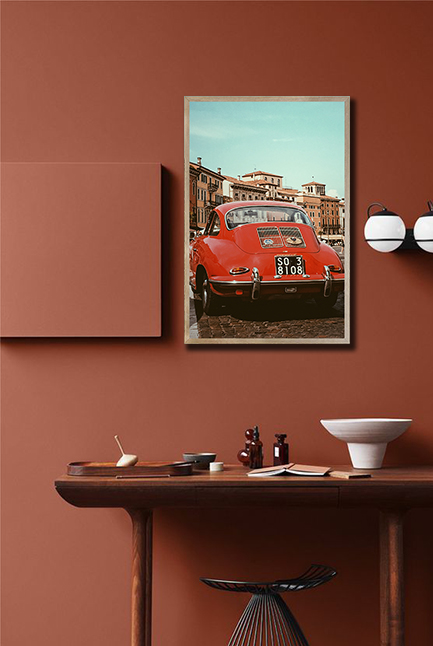
Incorporating vintage pieces into a modern home is a creative way to add character, history, and charm to your living space. When done thoughtfully, the contrast between old and new creates a balanced, timeless aesthetic that feels both personal and stylish. Here are some easy tips to help you achieve this seamless blend of vintage elements with modern interiors.
Start Small
If you’re unsure how to begin, start with small vintage accents. Think antique mirrors, retro clocks, or old books stacked on a modern coffee table. These pieces add personality without overwhelming your space and can act as conversation starters.
Mix, Don’t Match
Modern design often favors clean lines and simplicity, while vintage items tend to be more ornate or detailed. But don’t worry, mixing these two styles can bring depth and interest to your interiors. Pair a sleek modern sofa with a vintage side table, or place a contemporary lamp on an antique dresser. The key is to balance textures and finishes so the space feels curated, not cluttered.
Make It Functional
Vintage doesn’t have to mean purely decorative. Incorporate vintage furniture that serves a purpose, such as a restored mid-century chair, a weathered trunk used as a coffee table, or a classic wooden desk. These functional pieces can become statement items that anchor a room while still being useful.
Stick to a Cohesive Color Palette
To keep your space looking unified, maintain a consistent color palette. Even if your vintage finds are from different eras, using complementary colors can help them blend with your modern decor. For instance, pairing a modern grey sofa with a vintage mustard yellow armchair can create a cohesive look. Neutral tones often work well in bridging the gap between styles.
Highlight One Focal Piece
If you have a standout vintage item—like a large antique cabinet or a retro light fixture—let it shine. Build your room’s design around that piece rather than trying to match it with everything else. This approach turns it into a deliberate focal point instead of a mismatched addition.
Add Personal Touches
Incorporating family heirlooms or flea market treasures isn’t just about adding a layer of meaning to your design. These items tell a story, a story that’s part of your family’s history, and bring a unique identity to your space that can’t be replicated by mass-produced decor. They make your home uniquely yours, a reflection of your personal journey.
In a Nutshell
By blending vintage pieces with modern design, you create a home that feels lived-in, authentic, and uniquely yours. A ‘lived-in’ design is one that feels comfortable, inviting, and reflective of your personal style and history.
